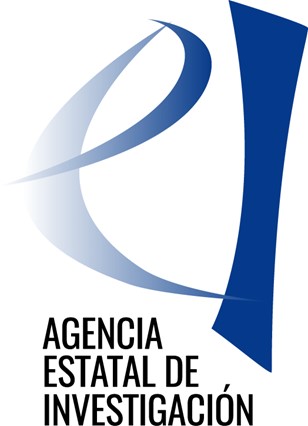

Cavity optomechanics addresses the interaction taking place between light and mechanical waves confined in a cavity. When properly controlled, this interaction can give rise to a plethora of intriguing phenomena such as quantum groundstate cooling, phonon lasing, optomechanically induced transparency or frequency mixing. Amongst the different technological platforms implementing optomechanical cavities, their realization in planar photonic integrated circuits enables to accurately design the optical and mechanical resonances as well as maximize its interaction strength. This has led to optomechanical cavities lithographically defined on released high-index nanobeams – the so-called optomechanical crystals– with mechanical frequencies up to several GHz.
In the previous project ADAGIO, two teams in the Universitat Politècnica de València (UPV) and the Universitat de Barcelona have been collaborating in the field of cavity optomechanics. They have been using cavities designed to support mechanical modes coupled to light at telecom wavelengths and defined on silicon substrates by lithographic means. Using such cavities, they have been able to demonstrate different scientific phenomena such as synchronization, frequency locking, optomechanical sensing, microwave oscillators and frequency conversion. In the new project, ALLEGRO, they will continue their fruitful collaboration to unveils novel phenomena arising in such cavity and apply the new knowledge in biosensing, signal processing in wireless systems and advanced spectroscopy.
To this end, a new UPV group with expertise in theory of nonlinear photonics and optical frequency combs will join the team. This will produce a solid theoretical background on which to build the experiments that will be performed.
Moreover, motivated by recent advances in molecular optomechanics, in which the mechanical resonator coupled to an optical field is a single molecule, we will pursue the integration of molecular systems in silicon chips (driven by integrated waveguides) to achieve Raman spectroscopy using telecom wavelength systems and demonstrating on-chip detection of mid-infrared radiation.
